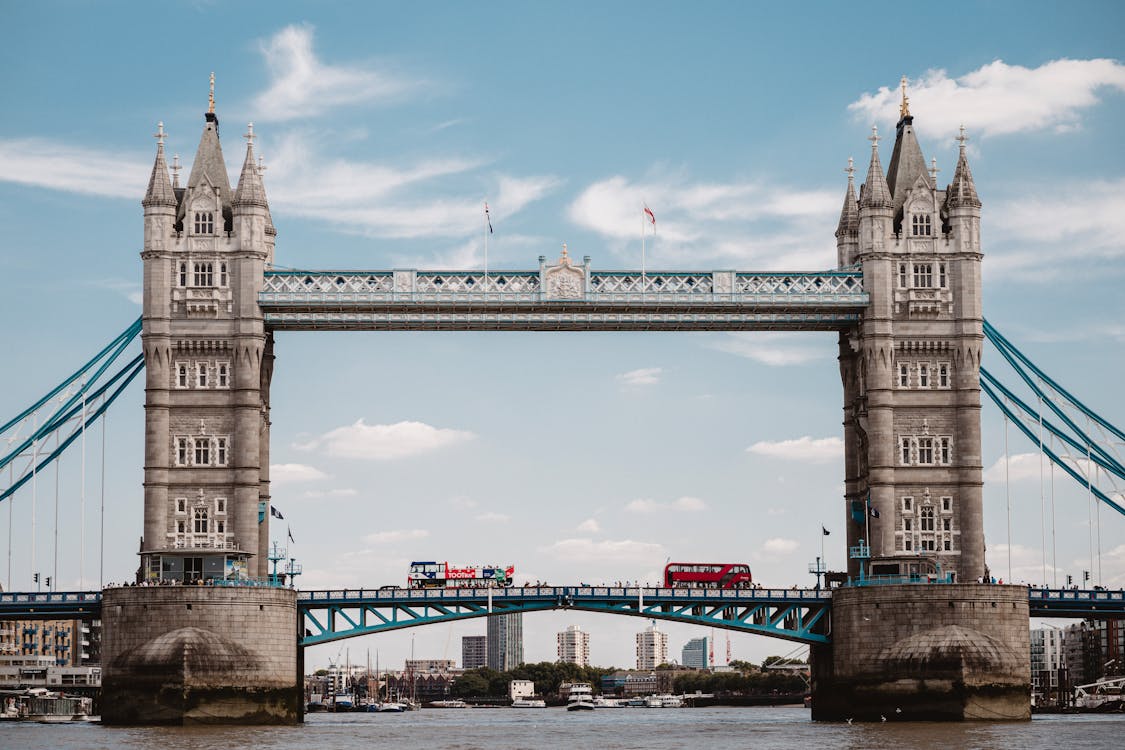Table of Contents

Photo: Rohan Thomson
The world’s spiciest cuisines to give your tongue the ultimate taste test.
SICHUAN

Photo: iStock
Green and red chillies (and chilli oil) are lavishly used in this regional Chinese cuisine, sometimes to impart heat and not necessarily eaten. Sichuan pepper adds to the mouth-numbing sensation. Classic spicy dishes include mapo tofu, gong-bao chicken and dan-dan noodles. The supreme challenge is hotpot, which leaves you sweating for a week. Some say Hunan cuisine is even spicier, with the use of pickled chillies also liberal. See tsichuan.com
MEXICO

Photo: iStock
Mexico often tops spiciest lists, but perhaps more because chillies are used so widely (even in desserts and with fruit) than because Mexican dishes are particularly spicy. Chillies originated here, and get widespread use as an ingredient either roasted, smoked, dried, mashed or chopped raw. Smoky chilli powder and pickled jalapeños are used as condiments. Mexico also stands out for its variety, with over 100 types of chilli such as pablano, jalapeño, habanero and tabasco. See visitmexico.com
ETHIOPIA

Photo: iStock
A powdered mix called berbere containing chillies and other heat-producing spices is used liberally in Ethiopia, starting at breakfast, when berbere paste is slathered on pancake-like flatbread. Berbere is inevitably used in the stews that are an Ethiopian staple, with the chicken-and-egg stew doro wat often the hottest if you’re after a challenge. Sautéed vegetables, baked fish and minced-beef dishes also pack a punch. See visitethiopia.travel
JAMAICA

Photo: Alamy
Jamaican food has widespread international influences and is far from universally spicy, but is often accompanied by a spicy sauce called pepper rum. Dishes that are spicy are however among the spiciest anywhere. The country’s famous and hugely popular jerk chicken uses virulent Scotch bonnet peppers, with additional heat coming from mustard, nutmeg, ginger and cinnamon. Goat curry is often off the heat scale too. Prodigious quantities of accompanying rice are advised. See visitjamaica.com
SOUTH KOREA

Photo: iStock
Long cold winters give Koreans hearty food, hot in both senses. A paste made from red chillies is an integral part of stews and other dishes, while other treats such as bibimbap are accompanied by mustard. Meanwhile kimchi side dishes are also studded with chilli, none more so than a hot stewed version called kimchi jjigae. Koreans have a liking too for pickled green chillies, often used to pockmark pancakes. See visitkorea.or.kr
WEST AFRICA

Photo: iStock
Although there are many different West African cuisines they share commonalities, not least a ladling of various chilli pastes, particularly in stews, and a liking for additional hot condiments such as tongue-burning pima. Shrimp, goat and peanuts stews are all exceptionally hot thanks to the addition of shito paste. The Senegalese don’t flinch from eating notorious Scotch bonnets, which are almost off the heat scale. See discoversenegal.com, visitghana.com
THAILAND

Thai green papaya salad with chilli. Photo: iStock
As with many cuisines overseas, Thai cuisine in Australia dials down the spiciness. In Thailand, chillies are extravagantly used in dishes such as green curries, even spicier red curries and tom-yum soup, which uses super-hot bird’s eye chillies. The dry curry kua kling is another challenge and, yes, even salads are loaded with heat. Beware the northeast Isaan region, which ratchets up the chilli yet another notch. See tourismthailand.org
SOUTH INDIA

Photo: iStock
Chillies may have originated in the Americas but it’s hard to imagine Indian cuisine without them, especially green finger chillies. You can find hot dishes across the country – Rajasthani laal maas from the northwest is fiery – but dishes tend to get hotter the further south you go. Goan vindaloo is famously challenging, while chicken 65 from Chennai and the crepe-like masala dosa from Mysore also pack a wallop. See incredibleindia.org
PERU

Photo: iStock
Peruvian cuisine is renowned for innovation and flair. Less well known is the Peruvian liking for chillies, especially the aji variety, made into a ubiquitous sauce. One of the hottest dishes is the salad-like Huancayo-style potatoes, whose misleadingly mild-looking yellow sauce blows your socks off. Even the raw seafood dish ceviche can be spicy and is often accompanied by an even spicier leche de tigre marinade. See peru.travel
MALAYSIA

Photo: iStock
Malay, Indian and Chinese influences all bring spice to Malaysia’s table thanks to widespread use of heat-inducing ingredients such as chillies, turmeric and ginger, plus a liking for spicy condiments such as sambal balacan. Rendang meat dishes can set the tongue on fire, but nothing beats otak-otak, a starchy fish cake exploding with finely chopped chillies, served in a banana-leaf wrapping. Don’t say you weren’t warned. See malaysia.travel
Brian Johnston has travelled as a guest of numerous tourism offices and travel companies.
See also: Which Asian country has the best food? We rank the top 10
See also: The 10 weird dishes travellers should risk trying





More Stories
India’s macro and micro cuisines underappreciated Masterchef changing that notion, states Vikas Khanna
Students Go on Planet Food Journey as Chartwells K12 Adds New Places to its ‘Global Eats’ Method
Globe Cuisines That You Will have to Test In Italy